Bird-X Yard Gard Ultrasonic Animal Repeller with Motion Sensor – 4,000 sq ft Coverage
$42.52
Take your yard back without traps or harsh chemicals. Bird-X Yard Gard Ultrasonic Animal Repeller uses a motion sensor and adjustable 15 to 25 kHz sound to nudge raccoons, cats, rabbits, and deer to move along, covering up to 4,000 sq ft when aimed with a clear line of sight. Runs on AC or 4 C batteries, with simple mounting and a small, weather-resistant housing that fits on a fence post or wall.
Description
If you are tired of surprise visits from raccoons on the deck or cats digging up the garden, the Bird-X Yard Gard Ultrasonic Animal Repeller with Motion Sensor – 4,000 sq ft Coverage is built exactly for that kind of daily headache. It uses high-frequency sound and an infrared motion sensor to help you quietly reclaim patios, beds, and lawns without traps or harsh chemicals, covering up to four thousand square feet when positioned correctly.
You get a humane, set-and-forget tool that starts working the moment a pest steps into its detection zone, which can extend to roughly thirty-five by seventy feet depending on placement and settings. That means fewer midnight scrambles to chase animals away and more mornings where the yard looks like you left it.
Key Customer Benefits
- Humane, quiet deterrence that lets you sleep at night. The Yard Gard uses high-frequency sound that is targeted at animals, not traps or poisons, so you can protect pets, birds, and family routines while discouraging raccoons, skunks, deer, and neighborhood cats. This is true ultrasonic outdoor pest control that aligns with a humane approach.
- Covers big spaces with one device, so you spend less time chasing pests. When positioned correctly, the unit projects protection across as much as four thousand square feet, which is more than enough for most patios, garden beds, and side yards.
- Smart motion activation for fewer false alarms and longer battery life. The built-in infrared sensor watches an area up to about thirty-five by seventy feet and triggers sound only when animals enter. You can also switch to continuous AC mode for stubborn problems, which is useful during peak pest seasons.
- Dial-in control to target the animal that is causing trouble. The adjustable 15 to 25 kilohertz frequency lets you tune settings by species, and the quick-start chart inside the manual helps you pick a starting point. This makes the device a practical motion-activated pest deterrent for varied visitors, from rabbits to stray cats.
- Reliable power with backup, so it keeps working when the lights go out. Run it on the included AC adapter port for continuous use, or install four C batteries for flexible placement. If the power drops, the unit automatically switches to batteries, which is helpful during storms.
- Weather-resistant design that mounts in minutes. The enclosure is built for outdoor use and installs on a fence post or wall with simple hardware, so you can put the ultrasonic animal repeller for gardens right where the animals cross.
- Real-world results, not just specs on a page. Verified buyer reviews describe raccoons and cats quickly avoiding treated areas when the device is aimed correctly and given a little time to reshape habits, which matches field experience with ultrasonic repellers.
Product Description
What it is
The Bird-X Yard Gard Ultrasonic Animal Repeller with Motion Sensor is a weather-resistant ultrasonic unit that discourages visiting animals with high-frequency sound. It can run in motion-activated mode on batteries or continuous mode on AC power, and the frequency dial lets you target different species. The manufacturer’s manual lists an effective range up to four thousand square feet, with the passive infrared sensor monitoring roughly thirty-five by seventy feet when motion mode is selected.
How it works in yards
When an animal steps into the sensor’s field of view, the unit emits sound in a forward cone. Sound travels in line of sight and reflects off hard surfaces, so placement matters. Bird-X’s manual advises mounting the speaker two to three feet off the ground, pointing parallel to the ground, and avoiding upward tilt so rain does not enter the speaker. They also note that behavior change takes time and that results build over days or weeks as animals learn the area is no longer comfortable.
Why this model is different
Two practical features set Yard Gard apart for outdoor ultrasonic pest control. First, the adjustable 15 to 25 kilohertz range lets you tune lower frequencies for larger animals and higher for smaller ones, using the quick guide printed under the dial. Second, you can choose between motion activation to conserve batteries or continuous AC mode for stubborn problems. Sound output is listed at ninety decibels at one meter, and the unit automatically switches to batteries during a power outage if they are installed.
Honest expectations from field use
As a pest professional, I coach customers to treat ultrasonic animal repellers as part of a program, not the entire plan. Bird-X says the same in their manual, recommending sanitation, removing attractants, and combining tools such as barriers or taste repellents. Independent experts echo this caution. Reviews and articles from consumer and inspection sources report mixed results across species and environments, and they recommend pairing devices with blocking entry points and removing food access. This is how you turn a helpful gadget into a reliable solution for raccoons, stray cats, rabbits, or deer that pass through.
Product Specifications
| Item | Details |
|---|---|
| Coverage | Up to 4,000 square feet in a generally oval pattern about 80 feet forward and 50 feet wide when aimed correctly. Sound travels in a forward cone and does not go through walls. |
| Motion sensor range | Passive infrared activation up to 35 by 70 feet. Sensitivity is adjustable. |
| Frequency | 15 to 25 kilohertz, adjustable with a dial. Lower settings reach larger animals; higher settings target smaller species. |
| Sound output | 90 dB at 1 meter. |
| Operating modes | MS AC or Battery for motion-activated bursts; Cont. AC Only for continuous output using AC power. |
| Power options | 4 x 1.5 V C batteries or 110 V AC adapter with 30-foot cord. If AC fails and batteries are installed, the unit automatically switches to battery. |
| Dimensions and weight | 6.75 x 5.5 x 3.5 inches; shipping weight about 3 pounds. |
| Enclosure and mounting | Weather-resistant housing with rear keyhole slots for mounting. Bird-X instructs mounting about 3 feet above ground, pointing parallel to the ground. Do not tilt upward. |
| Battery life | Manufacturer guidance indicates about one month in motion-sensor mode, depending on activity and settings. |
| Safety notes | Top frequency is above typical adult human hearing, but some people can hear the lower settings. Bird-X advises turning the unit off when people sit or work near it, and to use on your own property. Prop 65 notice for DEHP appears on the product page. |
| Compliance and warranty | CE marked; EPA Establishment Number listed on product page. 30-day electronics performance guarantee and 6-month manufacturer warranty against material defects; manual includes warranty process. |
How to Use and Installation Guide
Before you start: plan the zone
Walk your space at dusk or dawn when animals are active. Note paths, dig sites, or droppings. Clear attractants like open compost, spilled seed, or unsecured trash. This groundwork matters because ultrasonic sound is a cue, not a miracle, and it works best when paired with sanitation and simple habitat tweaks. Bird-X’s own instructions open with surveying habits and removing inducements for exactly this reason.
Mounting and aiming for real coverage
Ultrasonic sound travels in a forward cone and does not pass through fences, hedges, or walls. Mount the Yard Gard about three feet above ground, keep the speaker level with the ground, and aim directly at the approach you want to protect. Avoid tilting the speaker upward, which can invite water into the grille and also pushes sound over the target zone. These placement basics come straight from the Yard Gard manual and are the number one difference between “works great” and “no change.”
If you can place a piece of cardboard between the unit and the target and that cardboard blocks the speaker’s view, your sound path is blocked. Adjust height and angle until there is a clean line of sight. Independent write-ups on ultrasonic behavior stress that obstacles quickly absorb or deflect high-frequency sound, so line of sight is essential.
Power options and first power-on
Install four C batteries for flexible placement or connect the AC adapter for continuous use. If AC power is interrupted and batteries are installed, the unit will keep operating on battery power. On first activation, you may hear a short chirp as the unit ramps into the ultrasonic range; that is normal.
Choose your operating mode
Set the selector to MS AC or Battery for motion-activated bursts. Use Cont. AC Only when pressure is heavy, such as during peak raccoon activity or when deer are routinely bedding near a hedge. Motion mode extends battery life, while continuous mode can speed up retraining in stubborn scenarios.
Tune frequency by species
Start near the lower end of the 15 to 25 kilohertz dial for larger animals like raccoons or deer and higher for smaller species like rabbits or cats. If a person in your household can hear the lower settings, move the dial slightly higher. Bird-X provides this guidance, and their other product manuals in the same family repeat the frequency range and “aim at the height of the pest” advice.
Calibrate the motion sensor
With the unit aimed and powered, set sensitivity mid-range, then walk the path that animals use. Watch for the LED indicator to confirm triggers and adjust sensitivity so it activates when you are 25 to 35 feet away, not when a tree sways at the edge of the yard. The PIR coverage is an elongated oval that can reach roughly 35 by 70 feet in good conditions. Use short test walks after each tweak.
First-week game plan
For the first three to seven nights, keep attractants locked down and let the unit teach the new rule. Expect animals to probe from different angles, so be ready to pivot the device a few degrees or raise it a few inches to keep the cone on the new path. Bird-X notes that lasting behavior change takes several days or weeks and that relocating or re-aiming the device can renew effectiveness if habits shift.
Where to put it: three quick scenarios
Raised vegetable bed. Mount on a fence post three feet high, level with the bed surface, aimed straight across the soil. Combine with covered compost and a relocated bird feeder to remove food rewards.
Driveway or parked car. Mount on a garage wall or a stake at bumper height, pointed along the driveway, not across the street. You want the cone to catch animals entering from the sidewalk or hedgerow.
Along a deer trail. Place the unit just off the trail, speaker level and pointed down-trail where deer enter. In high-pressure areas, pair with plant choices and barriers, since no single deterrent is perfect on deer.
Maintenance and seasonal checks
Every month, wipe dust from the speaker grille and ensure the sensor window is clean. Replace batteries when activations increase or when you notice fewer triggers at night. After storms, confirm the unit is still level and that vegetation growth is not blocking the cone.
Safety and neighbor etiquette
Use the device on your own property and avoid aiming it into neighboring yards or public spaces. Turn the unit off when people are working or sitting within range, and if anyone is sensitive to high frequencies, raise the dial slightly to move output higher.
Common Issues
“It is not stopping visits.” Re-check line of sight and raise or rotate the unit. Many negative user posts describe blocked sound paths or aiming across obstacles. If you are relying on batteries in a high-traffic zone, consider AC power and continuous mode for a week to accelerate retraining.
“Too many false triggers.” Reduce PIR sensitivity one notch and keep plants from brushing the sensor window. Then retest with a short walk.
“Mixed results depending on species.” That is normal with any ultrasonic tool. Combine with removing food, blocking entry points, or using taste repellents where allowed.
Frequently Asked Questions
Does the Yard Gard really cover four thousand square feet?
Yes, when the speaker is aimed with a clear line of sight. The manufacturer manual lists an effective range up to four thousand square feet with a motion sensor zone that can reach about thirty five by seventy feet. Obstacles reduce coverage, so height and angle matter.
Will it bother my family or neighbors?
The device emits adjustable ultrasonic sound in the fifteen to twenty five kilohertz range. Many adults cannot hear the higher settings, but some people and some pets can notice the lower end. Bird-X advises switching off the unit when people are sitting nearby and not aiming it into neighboring property. Expect a short audible chirp at activation.
What animals does it help with?
Bird-X markets Yard Gard for raccoons, skunks, opossums, stray cats and dogs, rabbits, and deer. Retail listings for this model family repeat similar species lists. Real-world results vary by site and behavior, which is why placement and removal of attractants are important.
Does it work on pigeons or other birds?
This specific unit is aimed at ground animals. Bird-X sells separate ultrasonic models for birds such as Balcony Gard, and even there, success depends on placement and site pressure. If birds are the primary issue, consider a bird-specific solution like visual deterrents, netting, or the Balcony Gard set up at perch height.
How long until I see a change?
Bird-X tells users to allow several days to a few weeks for animals to change patterns. Their instructions recommend surveying activity, removing food sources, relocating or re-aiming the unit as needed, and combining tools for best results. This “integrated program” guidance is repeated in their deer and solar manuals as well.
Do ultrasonic repellents work according to independent sources?
Independent Extension publications say results are mixed and context dependent. Some reviews conclude many ultrasonic devices do not reliably eliminate pests, while others note that well placed units may aid as part of a broader program. The practical takeaway is to use Yard Gard together with sanitation, exclusion, and habitat changes.
Motion sensor or continuous mode, which should I use?
Use motion activation for most situations to save batteries. For heavy pressure, continuous AC mode can speed up “retraining.” The manual explains both settings and notes that if AC power fails, the unit will keep working on C batteries if installed.
What power does it need and is there an option for different voltages?
The standard Yard Gard runs on an included AC adapter for one hundred ten volt outlets or on four C batteries. Bird-X notes international voltage variants on similar model pages. If you need a specific voltage, check with the seller before purchase.
How should I aim and mount it?
Mount about three feet above ground, keep the speaker level with the ground, and aim directly at the approach route. Do not tilt the speaker upward. Ultrasonic sound travels in a forward cone and does not pass through solid barriers, so trim plants that block the path. These steps are straight from the manual.
My unit is triggering when nothing is there. What should I adjust?
Lower the passive infrared sensitivity one step and clear branches or tall grass near the sensor window. Re-walk the zone at twenty five to thirty five feet to verify proper triggering, then fine tune. The Yard Gard documentation recommends field tests like this after mounting.
What if animals keep coming back from a new angle?
That is normal animal testing behavior. Bird-X recommends repositioning or slightly rotating the device, varying output, or temporarily turning it off to prevent habituation. Their deer program guide specifically suggests changing the environment and relocating the unit to maintain effectiveness.
Will it harm pets or wildlife?
Yard Gard is a deterrent, not a trap or poison. It produces sound pressure around ninety decibels at one meter in the ultrasonic range. Bird-X frames it as a humane tool and advises being considerate of pets and working animals by avoiding direct exposure and switching off when people or pets are present.
Is there a solar version?
Yes, Bird-X sells a Solar Yard Gard with different power options and similar operating concepts. If you prefer solar, read that model’s instructions since battery types and controls differ.
What warranty support is available?
Bird-X lists a thirty day electronics performance guarantee and a manufacturer warranty against material defects, with details provided in product literature and on brand pages.
Conclusion
If you are done waking up to dug-up beds and paw prints on the car, the Bird-X Yard Gard Ultrasonic Animal Repeller gives you a humane way to take the space back with less stress. It is small, tough, and simple to aim. The manual spells out the essentials clearly, including the adjustable 15 to 25 kilohertz dial, motion sensing up to about thirty five by seventy feet, and coverage up to four thousand square feet when you have a clean line of sight. That is a practical toolset for most patios, beds, sheds, and side yards.
Ultrasonic repellers can help, especially when aimed well and combined with basic fixes like removing food, closing access points, and moving bird feeders away from problem zones. Independent Extension write-ups caution that ultrasound alone is not a silver bullet, and that results vary by species and site. Treat the Yard Gard as the cue that teaches animals to pick a different path, and use simple sanitation and barriers to make that choice stick. That is the same integrated approach Bird-X recommends in its guides.
If you want quick wins, start with placement. Mount it roughly three feet off the ground, keep the speaker level, and aim directly at the approach you want to protect. Do a short walk test to confirm the sensor is triggering where it should. If pressure is heavy, run continuous mode on AC for a week, then return to motion mode. These steps come straight from the manual and match what reviewers and retailers highlight as best practice.
Related products
-
Outdoor Bird Deterrent with Motion Sensor for Pigeons and Woodpeckers
$49.98 Buy Now -
Cleanrth TSBR620 Sonic and Ultrasonic Bird Repeller with Triple Scan Technology
$74.99 Buy Now -
2-Pack 2025 Solar Ultrasonic Animal Repellent with Motion Detection and Deterrent Light for Yard
$60.99 Buy Now -
2-Pack Solar Ultrasonic Animal Repeller with Motion Sensor and Strobe Light for Yard and Garden
$52.99 Buy Now
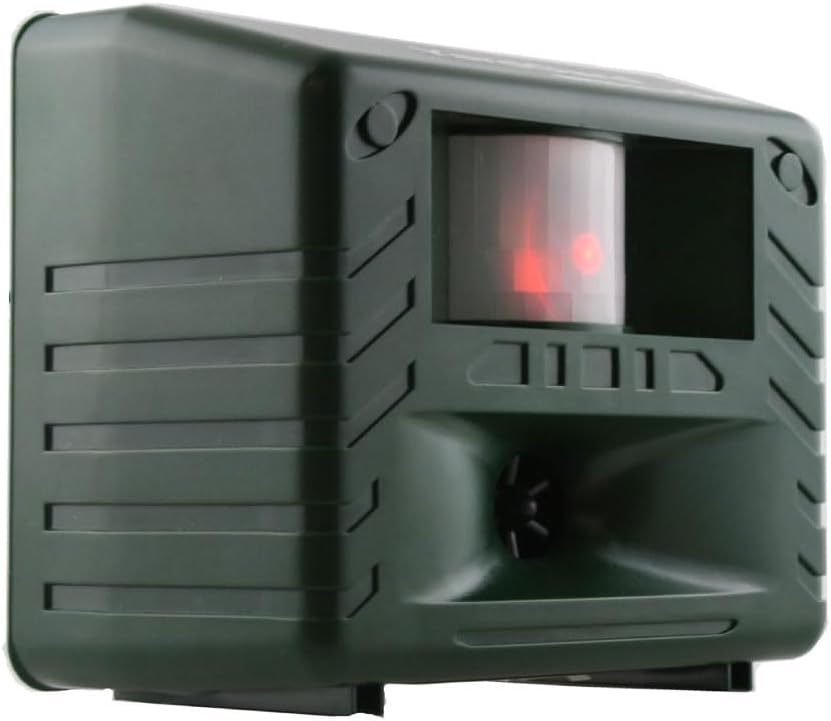
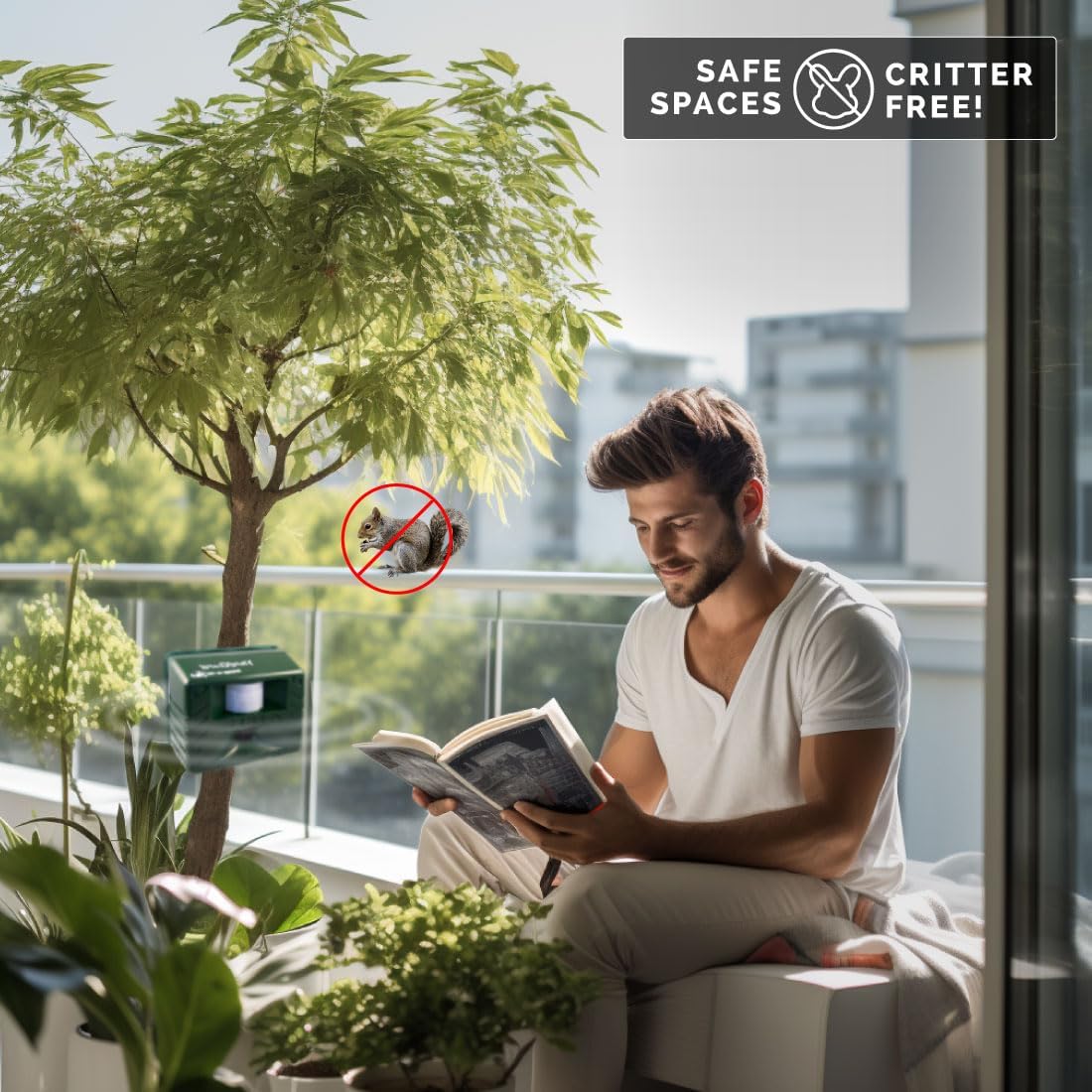
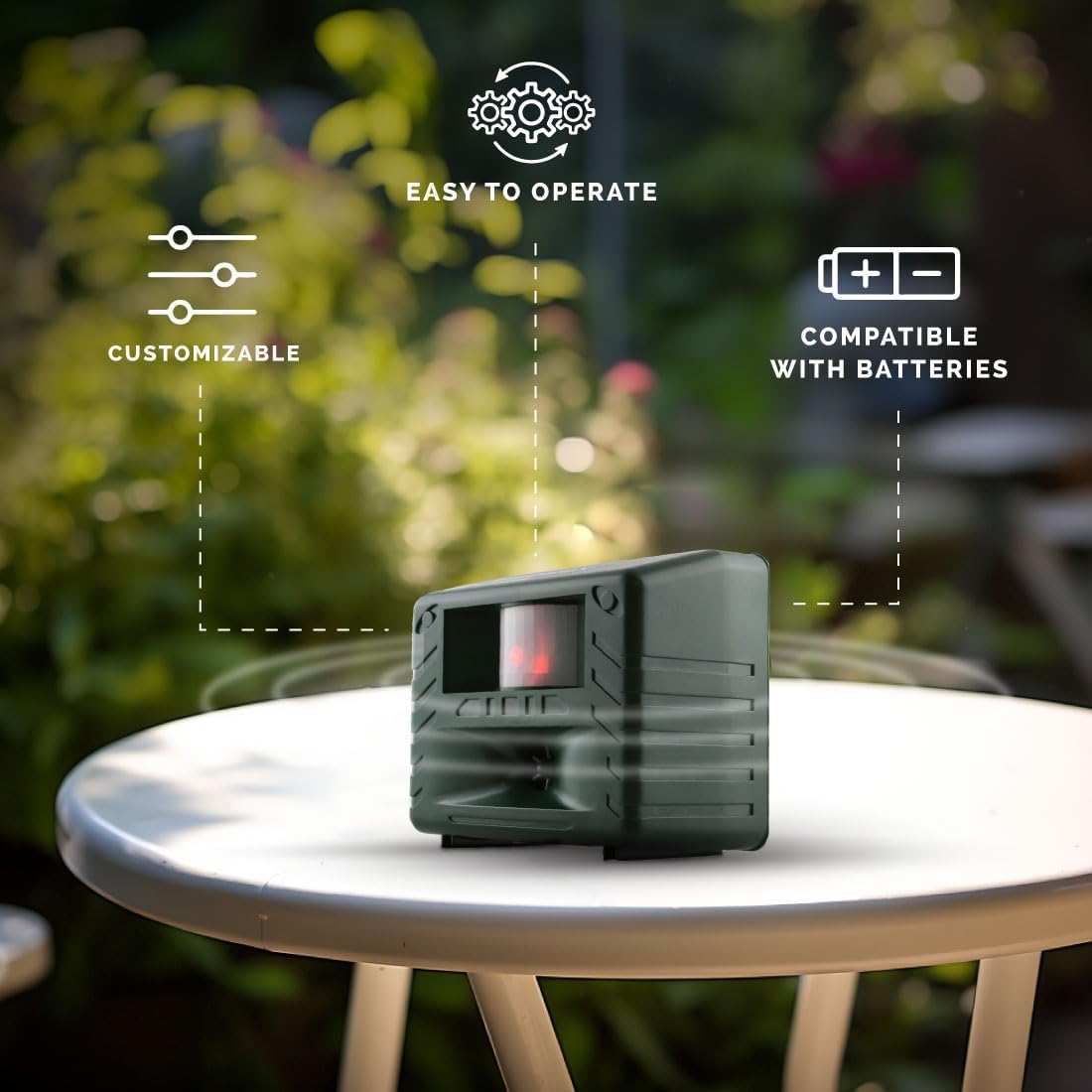
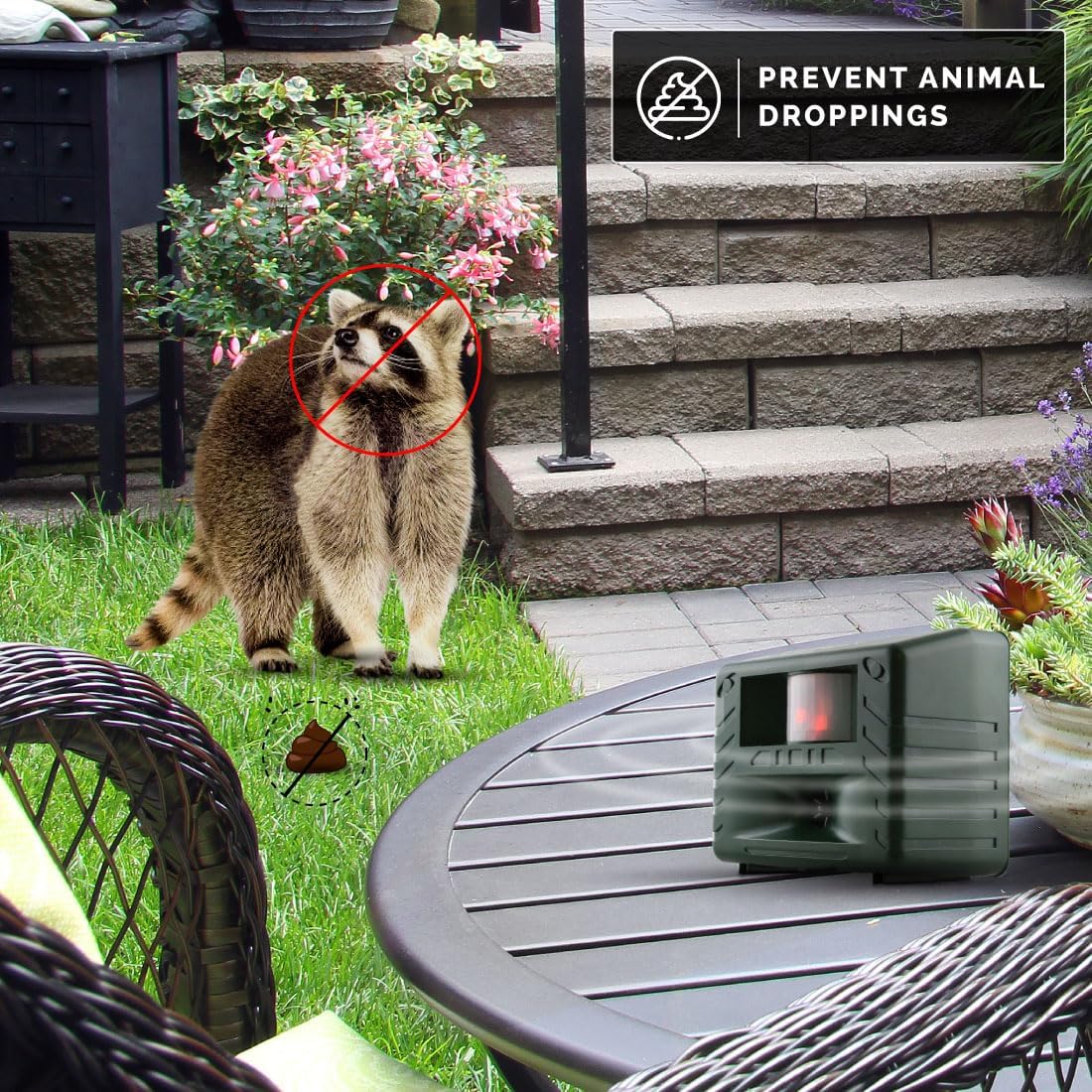
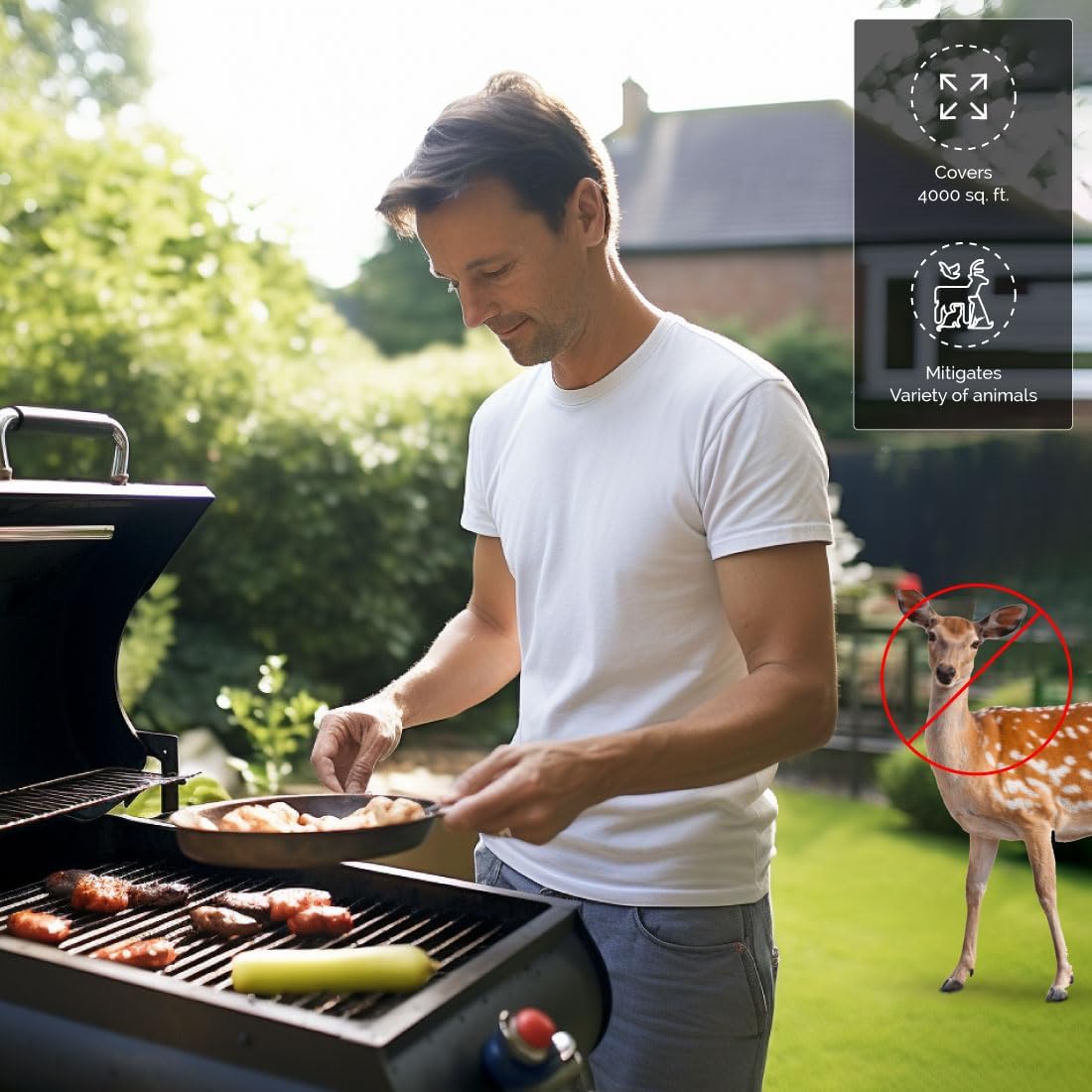
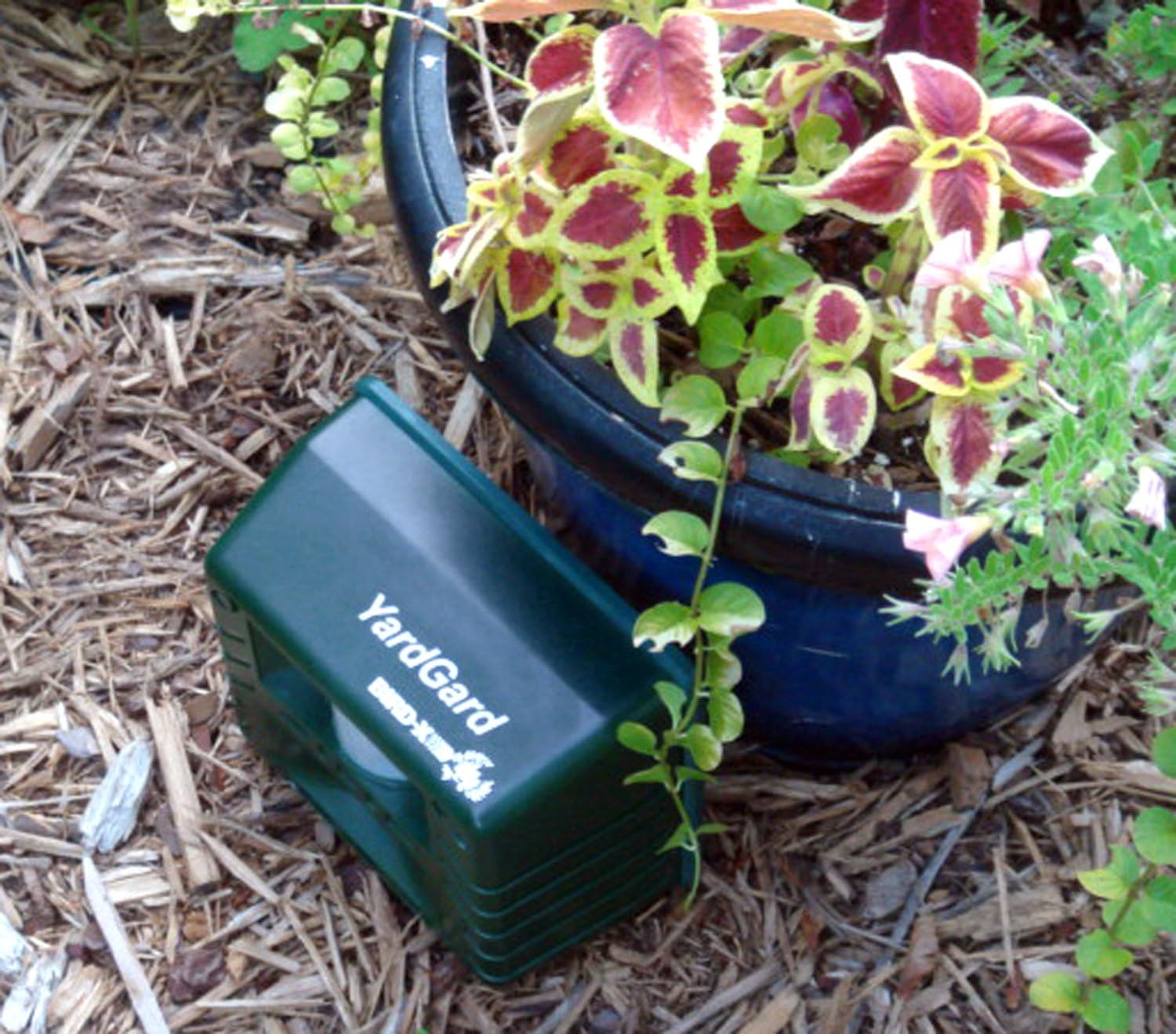
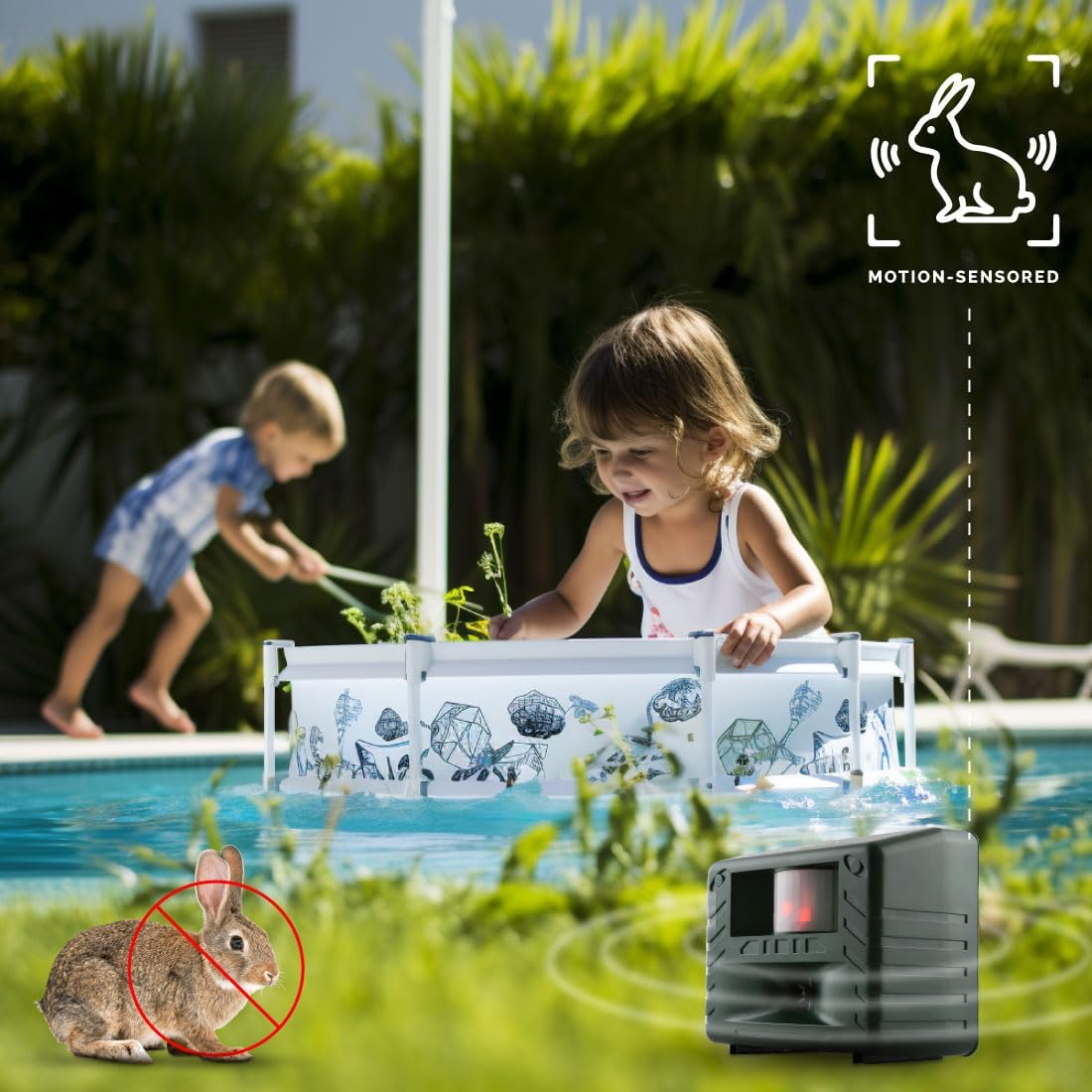
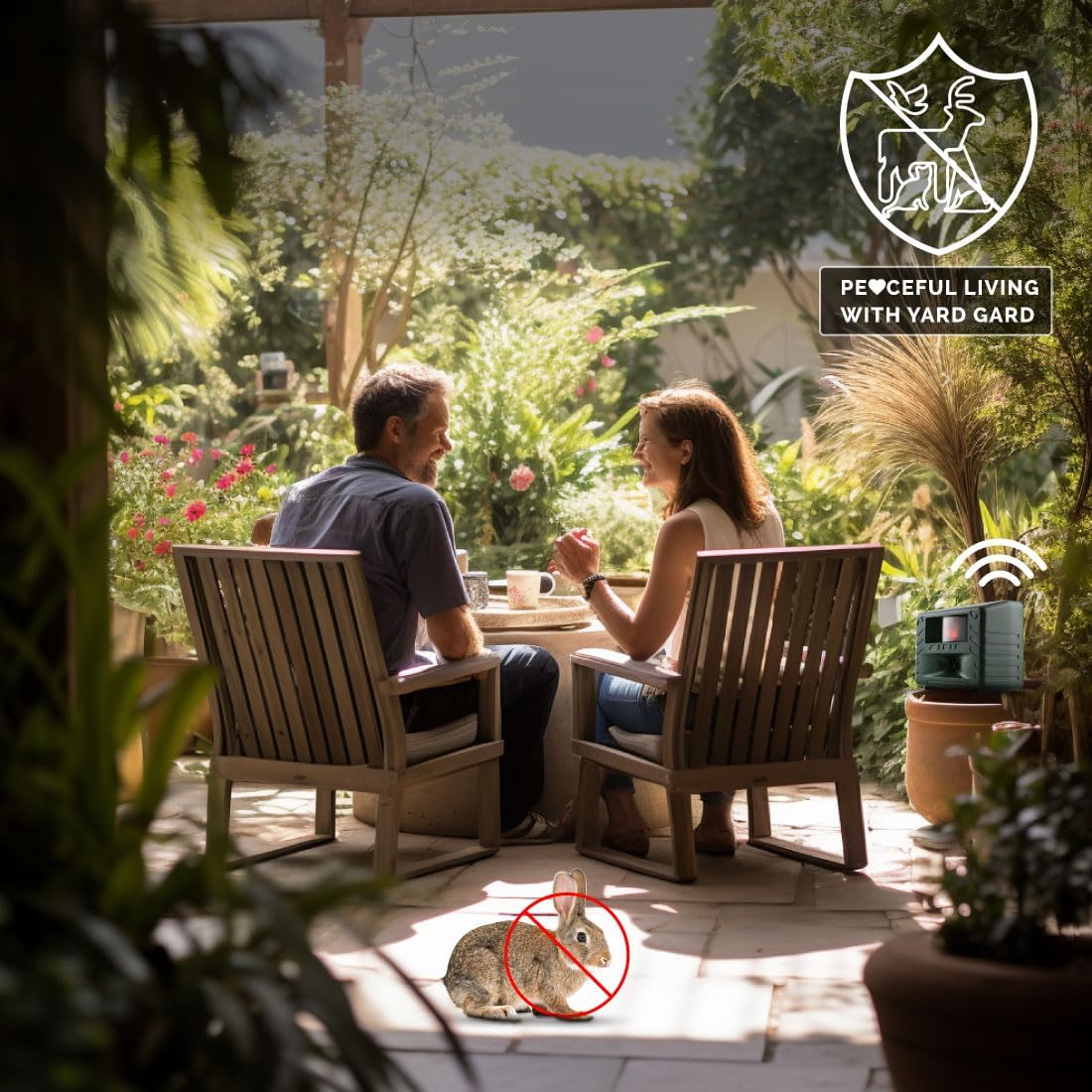
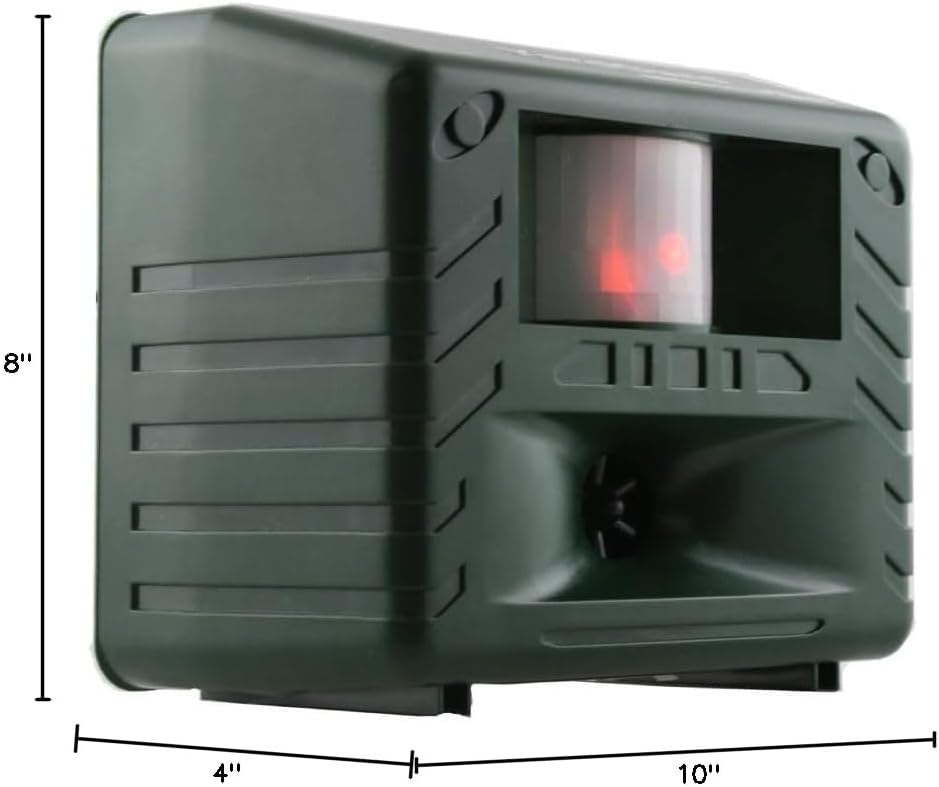
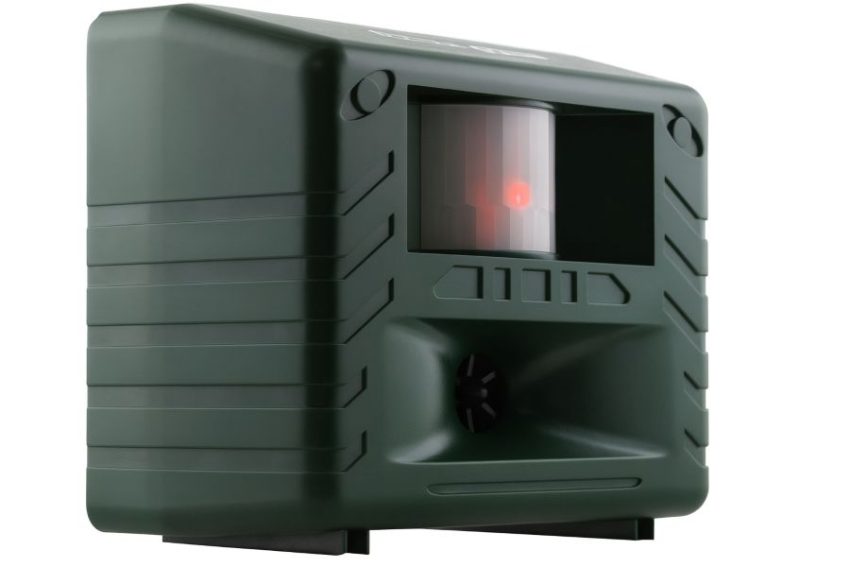
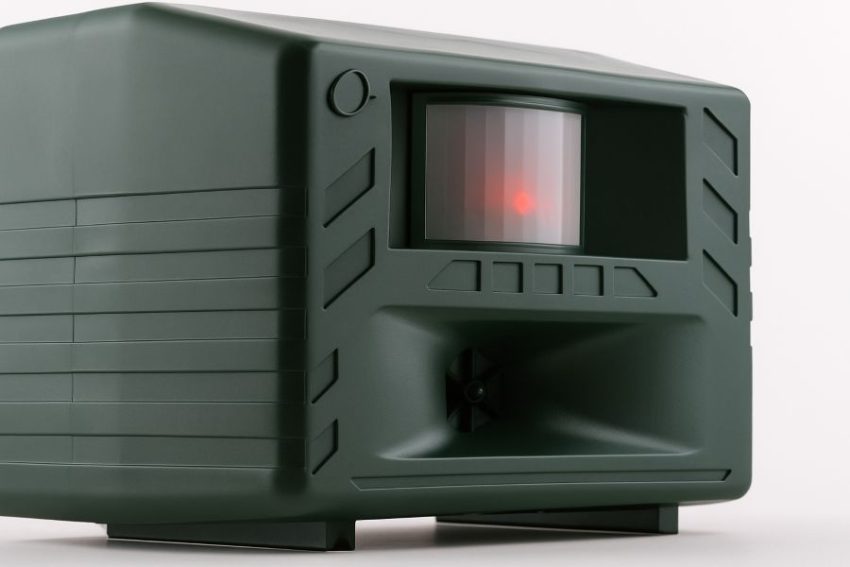
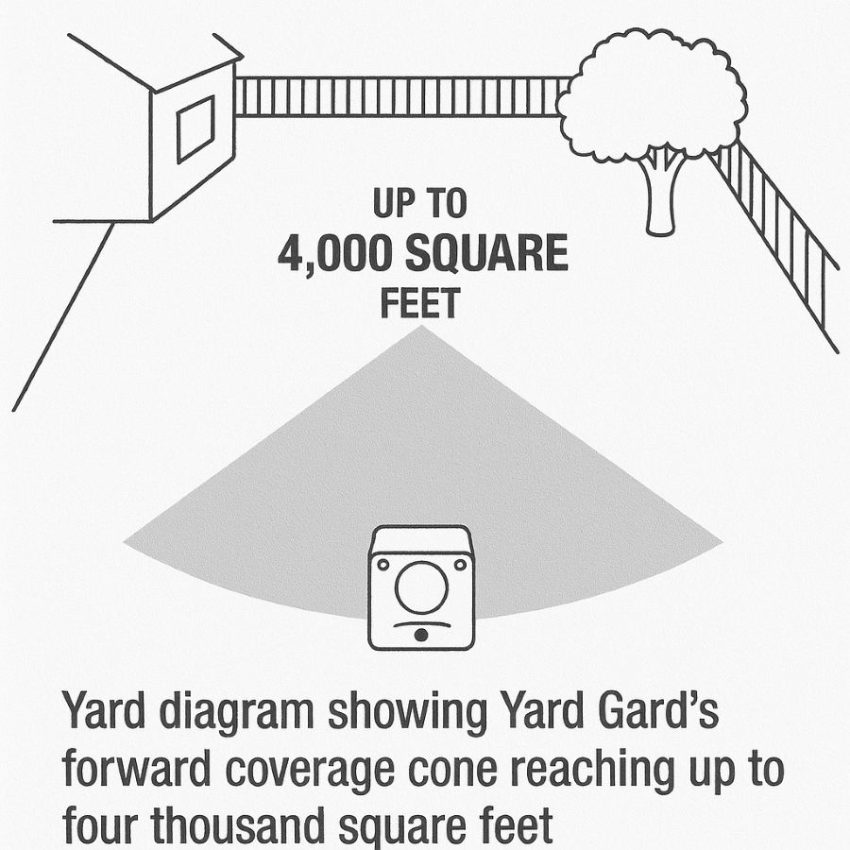
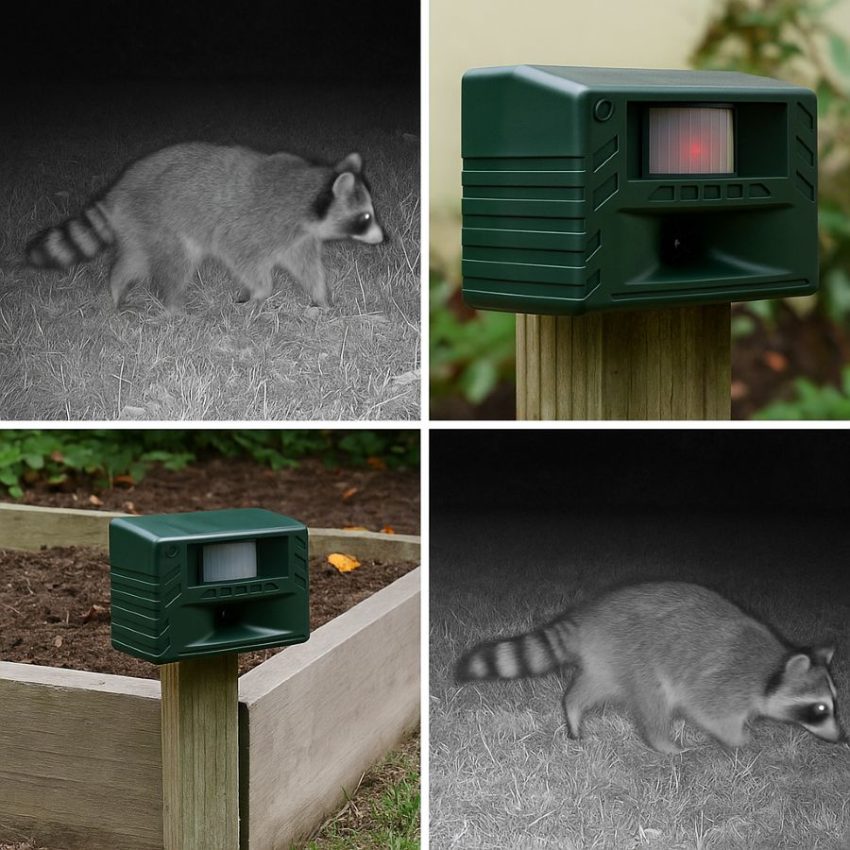
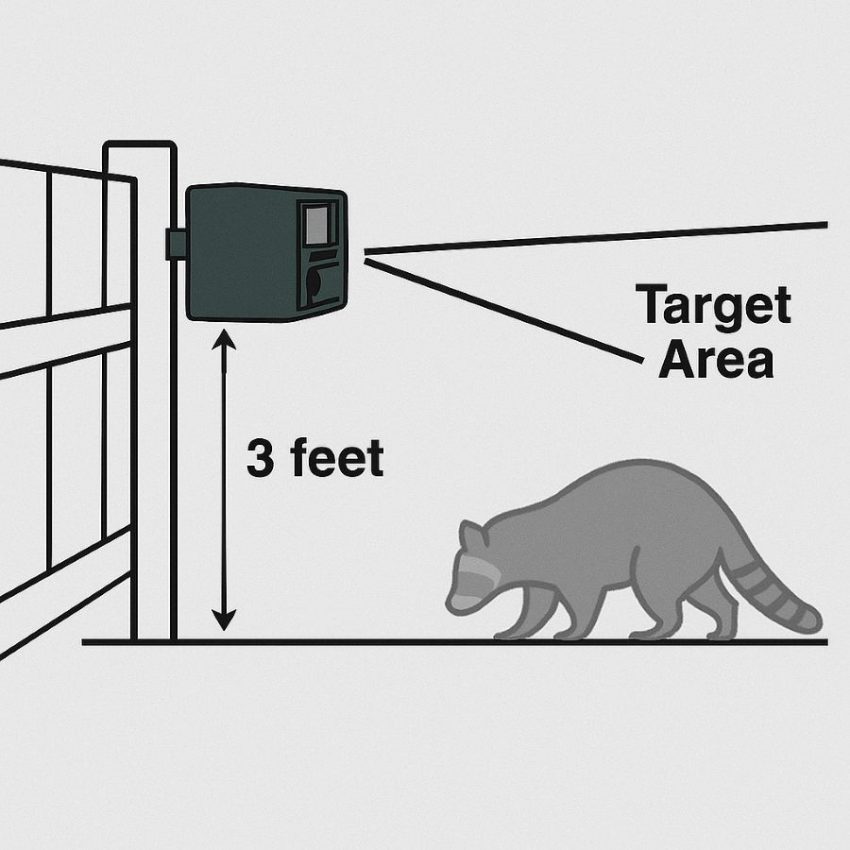
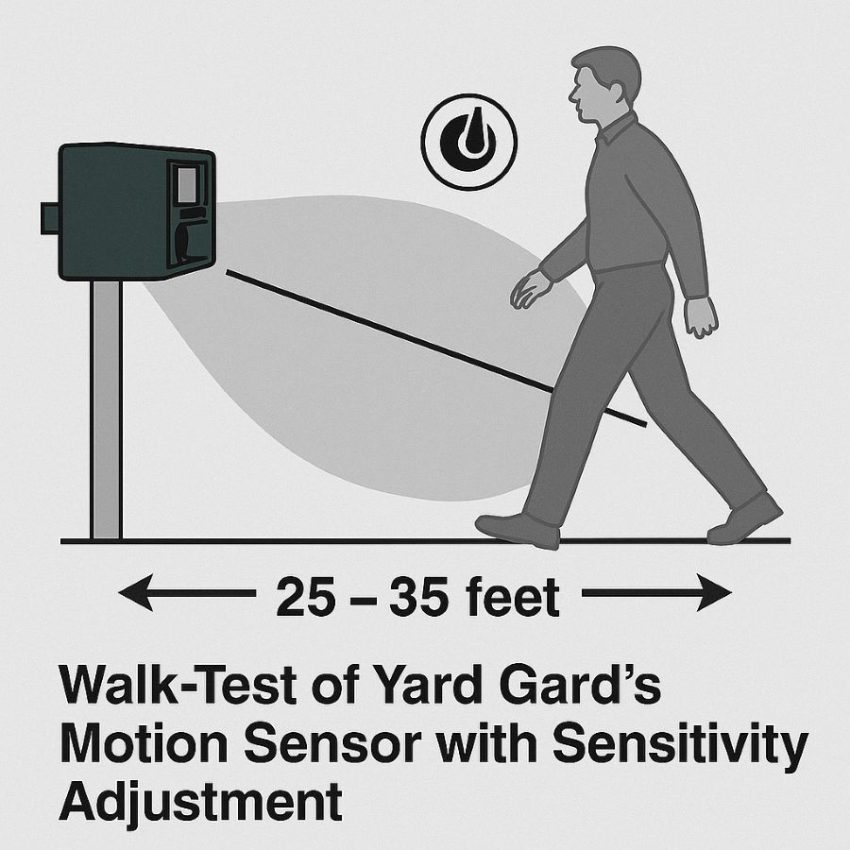
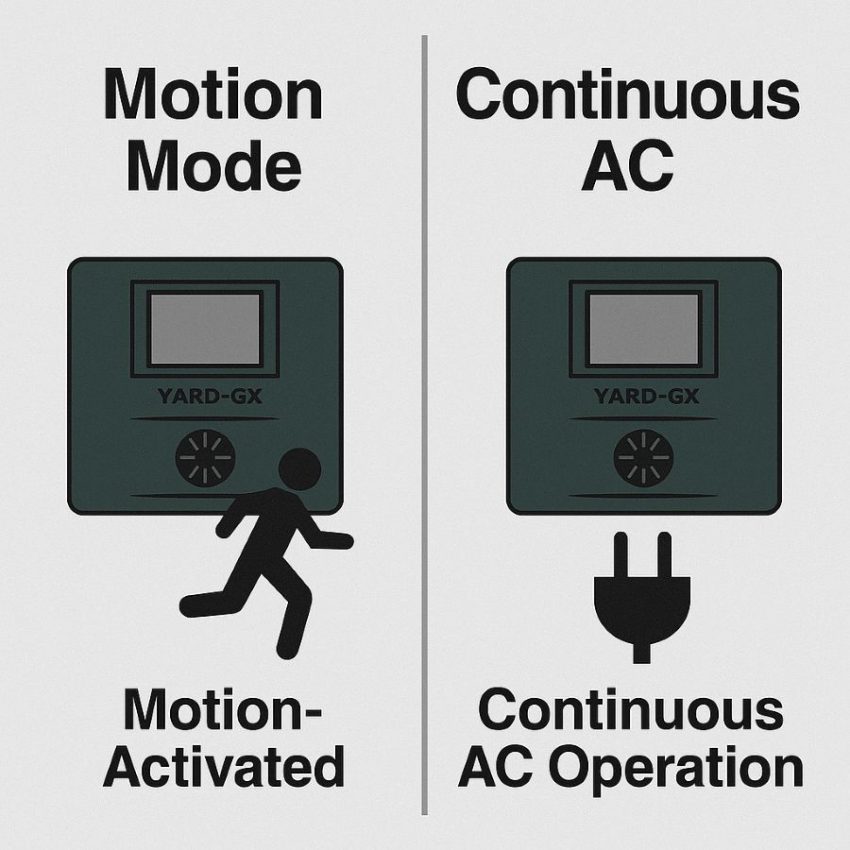
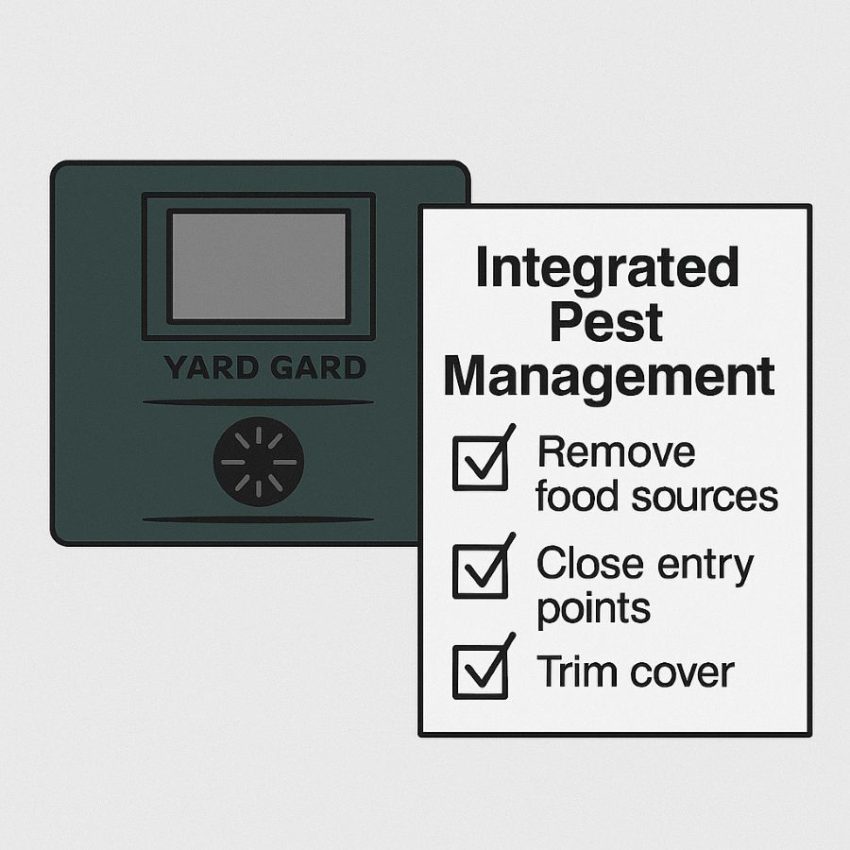
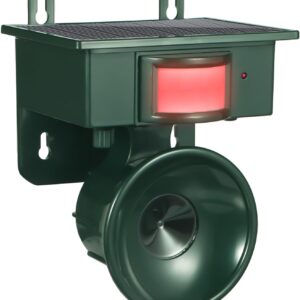
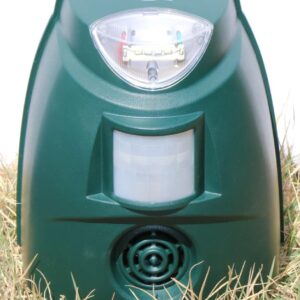
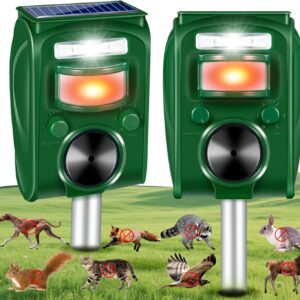
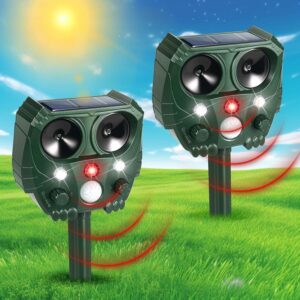
Reviews
There are no reviews yet.